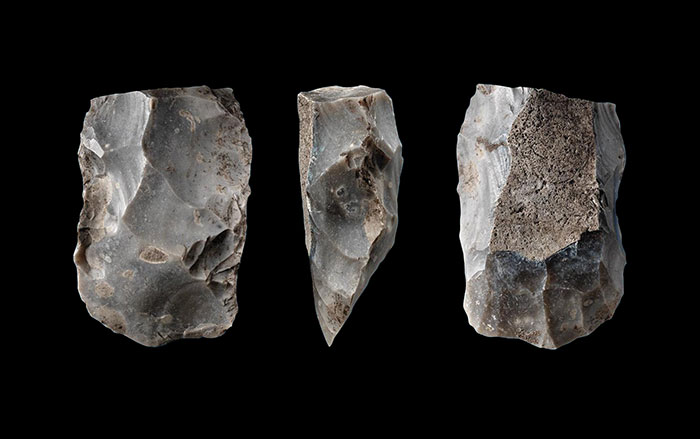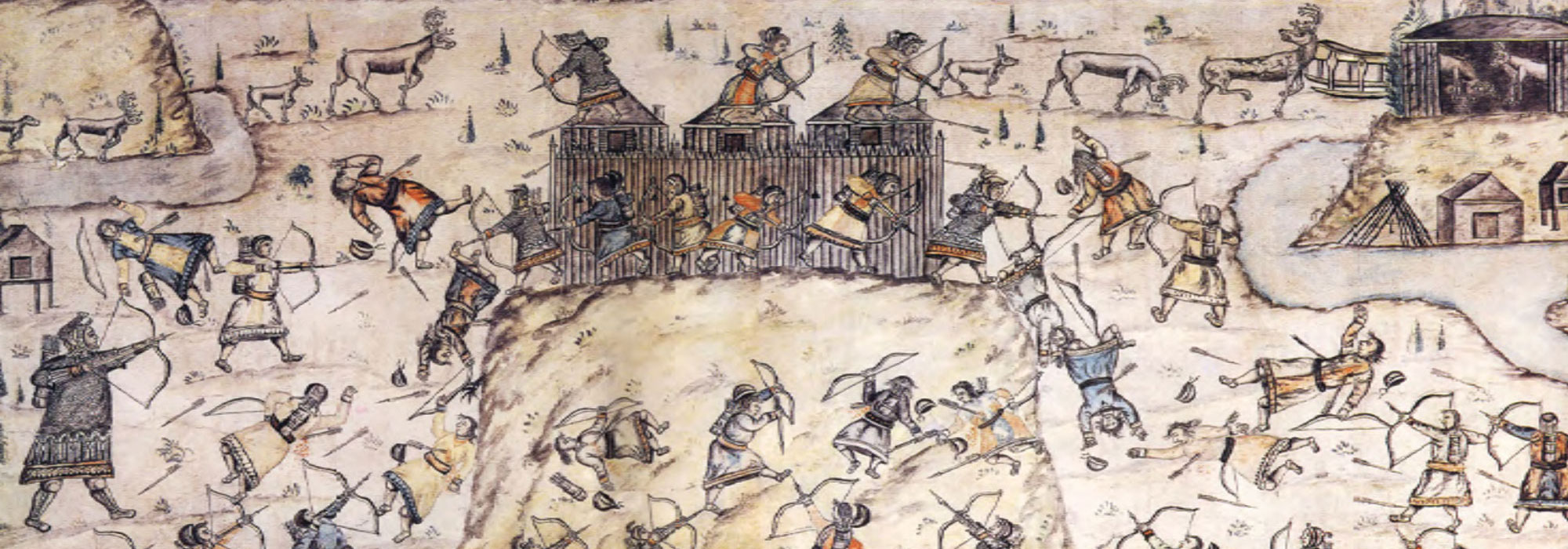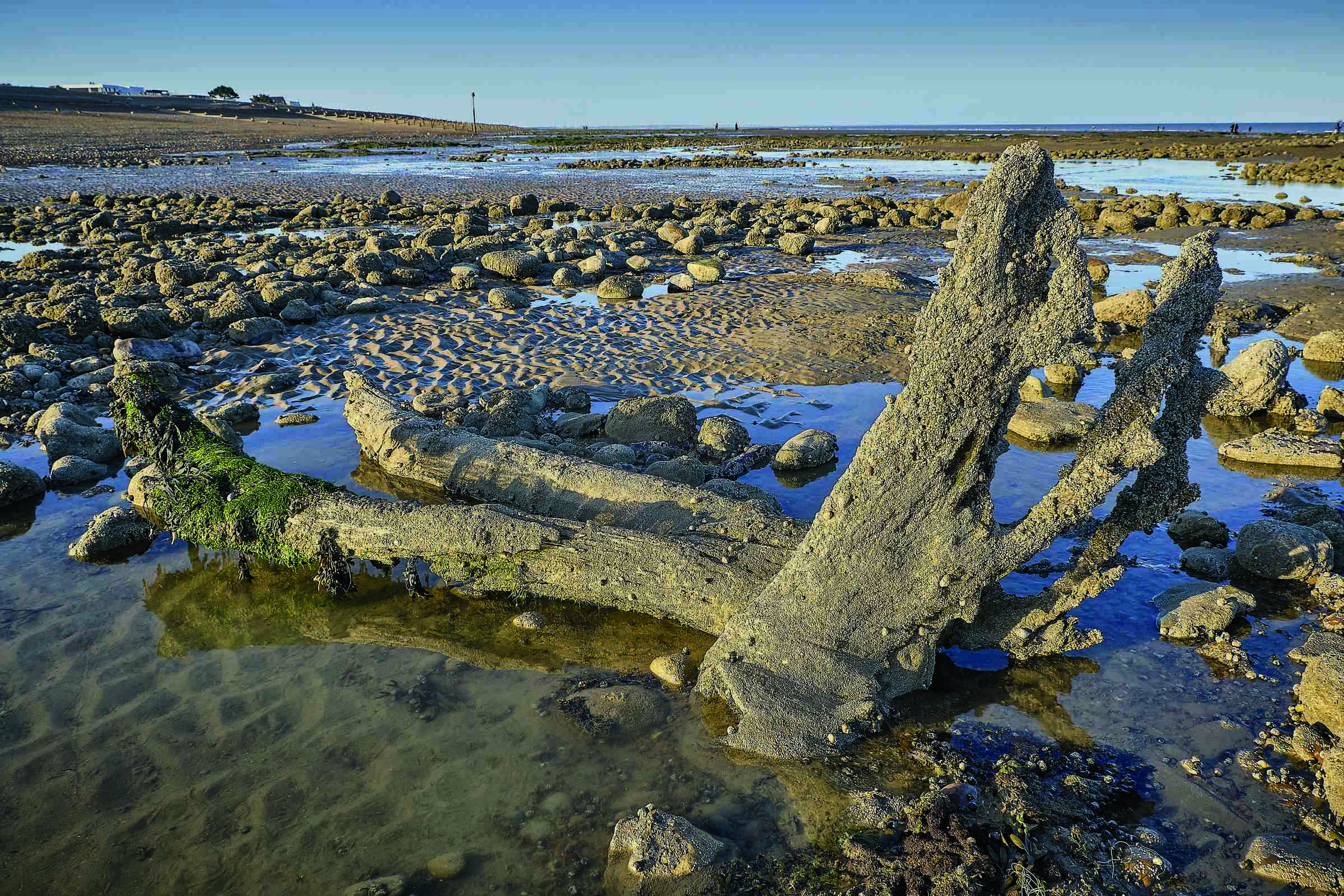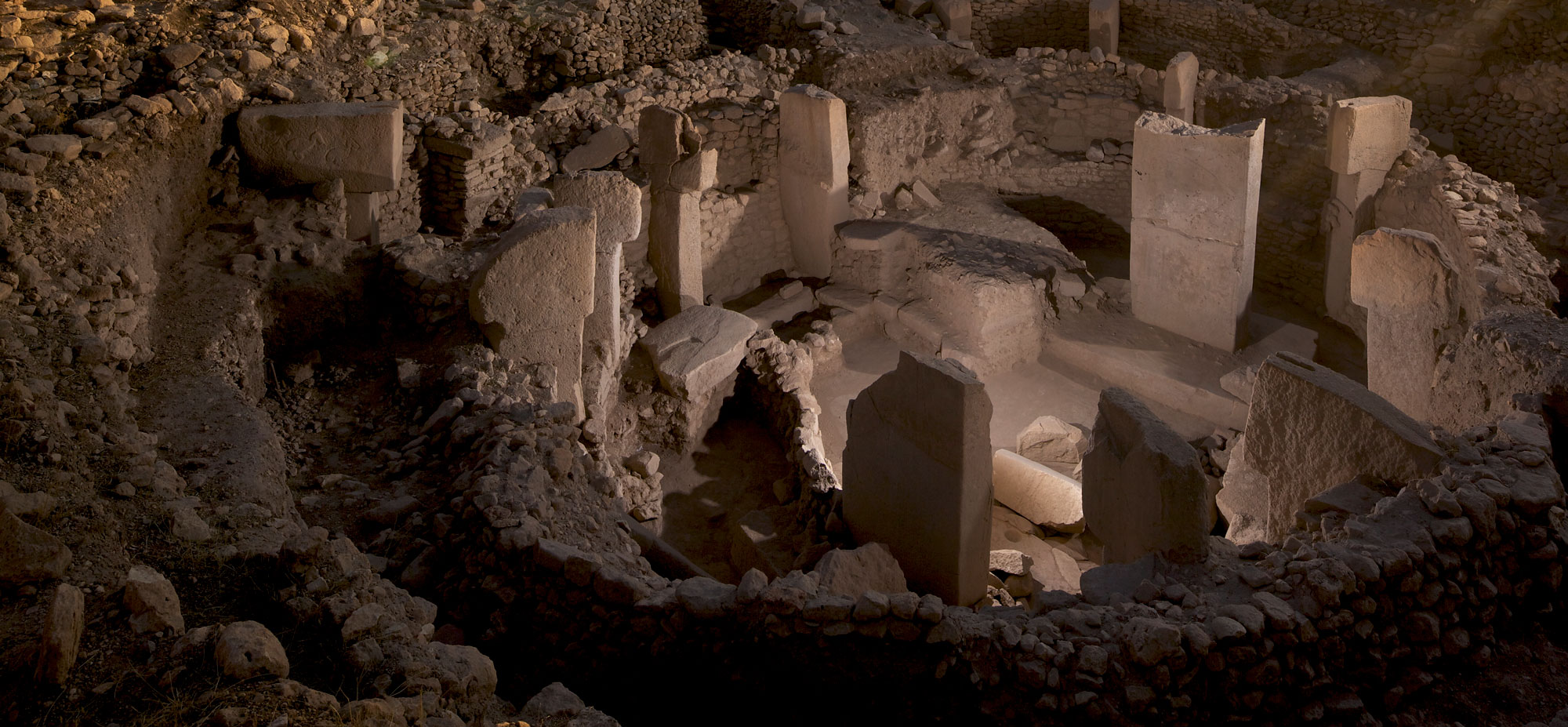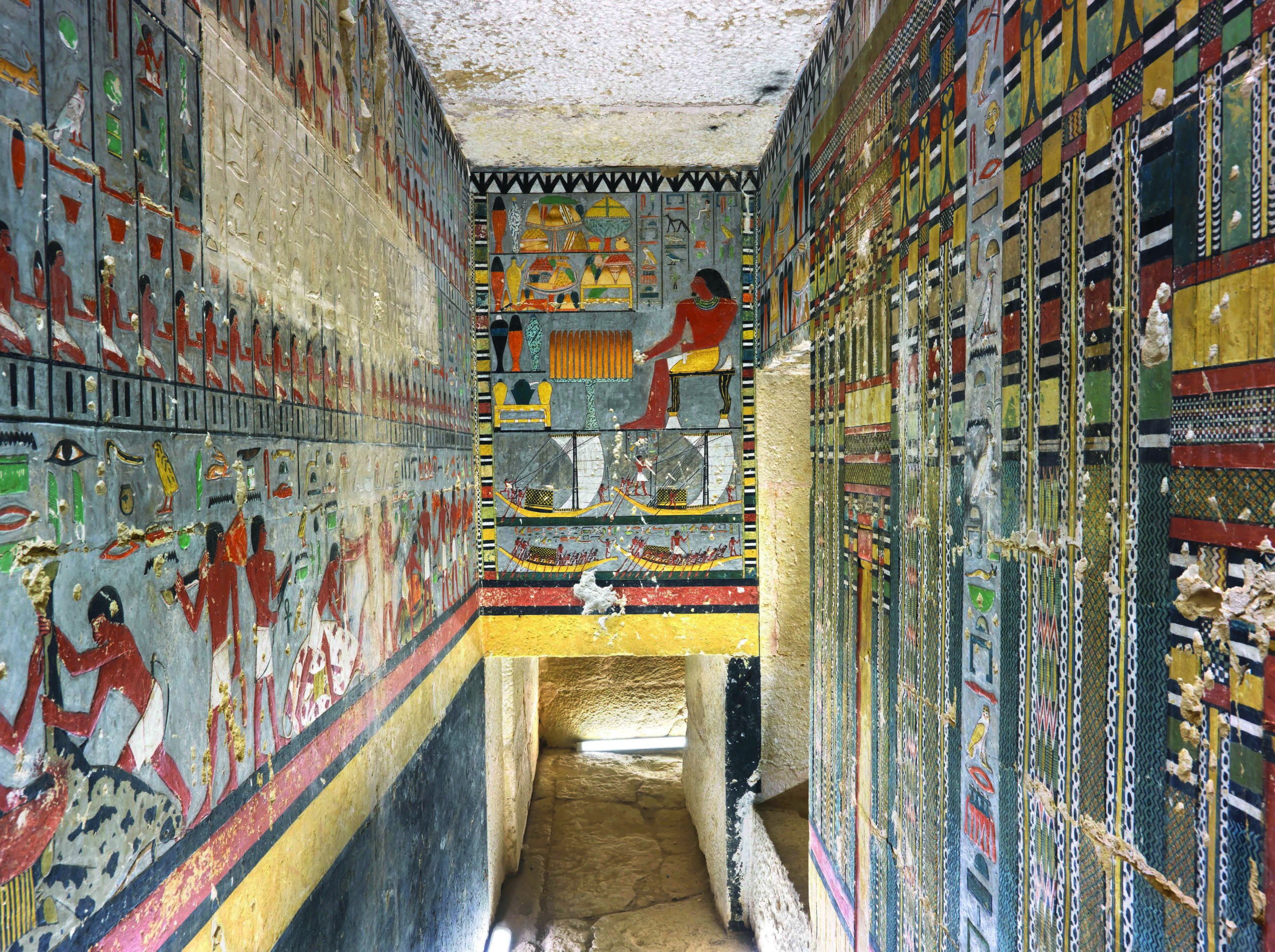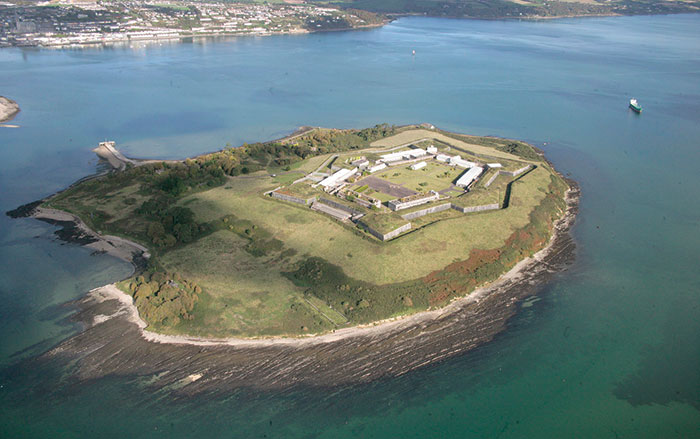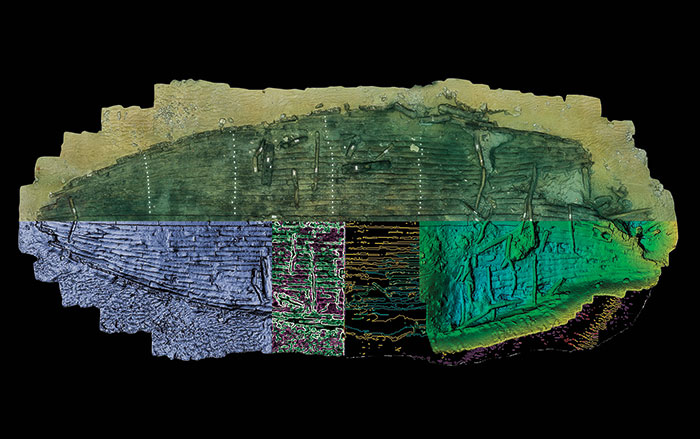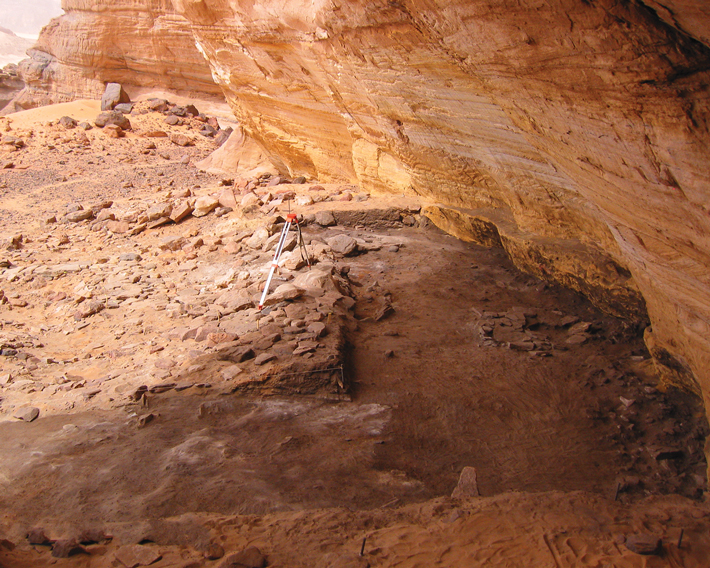
ROME, ITALY—Analysis of more than 17,000 animal bones recovered from southwest Libya’s Takarkori rock shelter suggests that its earliest inhabitants ate more fish than later residents, perhaps reflecting the shift from a savannah ecology with many lakes to what is now the Sahara Desert, according to a report in The Guardian. Wim Van Neer of the Royal Belgian Institute of Natural Sciences and Savino di Lernia of Sapienza University of Rome said up to 90 percent of the animal bones in the cave’s 10,000-year-old layers came from fish such as catfish and tilapia. Some 5,000 years later, fish accounted for only about 48 percent of the animal bones found in the rock shelter. Overall, the remains of birds and shellfish made up almost 20 percent of the food waste. The researchers suggest that the number of fish bones decreased as the number of mammal bones increased, reflecting an increasing reliance on hunting and herding, perhaps because the region was becoming more arid. Van Neer explained that people may have had to walk farther to find a good fishing hole as the climate changed. “People are opportunistic—if it is easy to get they take it,” he said. To read about the burial of a fisherperson who died about 12,000 years ago, go to "Old Woman and the Sea."


